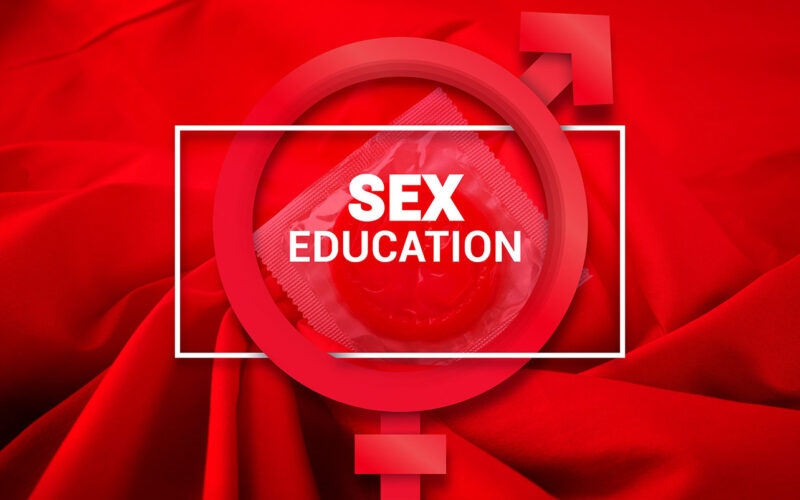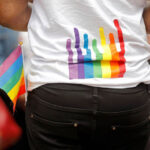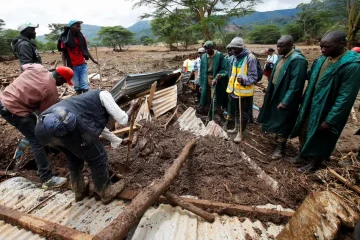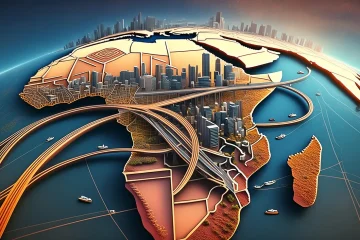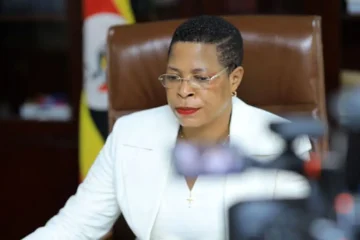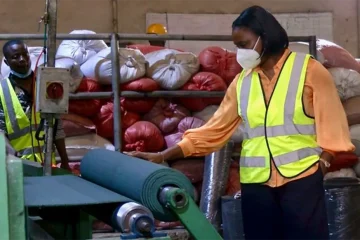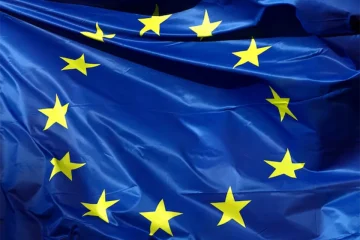[tta_listen_btn listen_text=”Audio” pause_text=”Pause” resume_text=”Resume” replay_text=”Replay”]
A decade ago, the Kenyan government withdrew its TV advertisement promoting condom use after an outcry from religious leaders and citizens who believed the advert encouraged infidelity.
The Kenyan Anglican Church’s Bishop at the time, Julius Kalu, told the country’s Daily Nation newspaper that the advert on free-to-air TV stations had promoted extra-marital affairs and sex among school children.
“The advertisement depicts this nation as Sodom and Gomorra and not one that values the institution of marriage and family,” Sheikh Mohammed Khalifa, from the Council of Imams and Preachers of Kenya, also said.
Fast-forward to 2023, and speaking about sexuality and sexual relationships, especially to young people, is still considered taboo in many cultures. And even when sex education happens, it is clothed in euphemisms that, more often than not, leave the youth confused and searching for more answers.
As a result, adolescents seldom turn to their parents and guardians for sex education and instead, look for other avenues. At the top of this list are the internet and peers, both of which provide inaccurate information and more often than not, they find themselves in unsafe spaces on the internet.
Using a human-centred design to approach sex education and sexuality is the way to go, as they understand their needs and wants.
According to Nzisa Kioko, a Kenyan design researcher at YLabs, human-centred design is a creative problem-solving process. It’s based on the idea that good products, services, and programs are developed by deeply understanding the needs, constraints, and dreams of those who will be using them.
“Adolescence is a critical window of opportunity to influence behaviour, growth, and development, yet young people are systematically excluded from the design of health and economic solutions meant for them,” she said.
Kioko has been involved in helping adolescents get accurate information about sexual and reproductive health knowledge. She helped develop two digital tools that close this gap in Africa, specifically in Kenya and Rwanda.
“We know that young people don’t have access to accurate and appropriate family planning and reproductive health information, which affects health outcomes. We started here and worked together with youth to design solutions like CyberRwanda and AskDoki that put information into the hands of young people and help them make informed decisions about their health and journey.”
CyberRwanda is a fun, interactive digital platform that equips Rwandan youth aged 12-19 with sexual and reproductive health knowledge, job skills, and streamlined access to quality products and services to support healthy and safe sexual relationships.
AskDoki, Kenyan sheng for ‘ask the doctor’, is a WhatsApp chatbot with natural language processing (NLP) and an AI-powered counsellor that delivers comprehensive sexuality education for adolescents, connects them with nearby youth-friendly service providers, and answers common sexual and reproductive health questions.
One thing that stands out about these two platforms is the language and format they are delivered in.
CyberRwanda features Stories, a webcomic series from the perspective of Rwandan youth, while AskDoki, which has over 5000 users, can process both sheng and Kiswahili, which are widely used by the Kenyan youth.
“I feel it is more impactful to design solutions that affect the user directly. In both our platforms, the youth feel more empowered and in charge of their lives as they are part of the whole process,” said Kioko.
In addition to getting accurate information, part of the human design process also empowers the youth to achieve mental health wellness and overcome sexual trauma.
According to Elizabeth Akunyili, a certified sex therapist at Liza Consult Wellness, sexual trauma rewrites a person.
“Sexual trauma can always make you feel like a victim, especially if people make it look like your fault. Or you are in an environment where people don’t address trauma but instead address the victim. Instead of ‘someone raped you, it’s you were raped.’ This blames the survivor, like it was their fault, furthering the shame narrative.
“This leads to an emotional shutdown because you’ve not fully processed the personal shame, and now you have to process communal shame. Shame from the family and community,” said Akunyili.
Kioko agrees with this.
“Our pilot projects were in Homabay and Siaya, where the HIV prevalence is high. The youth felt it was better having HIV than getting pregnant to avoid ‘bringing shame’ to their families.
Kioko’s work involves continuous collaboration with the government as they are the links to health financing and robust health policies for adolescents and young people.
“We currently have MOUs with Ministries of Health and Youth in Rwanda. There are, of course, challenges when it comes to policies like adolescents accessing SRH products when they are under 18 – they are required to be with an adult. So it is still critical to involve government partners as they provide approvals for different projects like research or content on SRH that are accessed by young people,” Kioko said.
In Kenya, YLabs partnered with the Ministry of Health, which provided health practitioners and peer educators for the AskDoki project.
Alex Mavuti, a youth site coordinator in Kenya, also believes a partnership between the private sector and the government can help close the knowledge gap in sexual reproductive health.
“It is a gap that cannot be ignored especially in matters of HIV and sexually transmitted infections. As much as the youth and adolescents are seeking sexual reproductive services, they shy away from government health institutions,” he said.
A solution, he says, is private-led youth drop-in centres, such as the one he runs.
“Using human-centred design approaches, the collaboration with government has seen us engage more young people,” he explained.
In conclusion, human-centred design is a powerful tool for creating solutions that meet the needs of youth and adolescents.
By putting the needs and experiences of individuals at the centre of design processes, we can create more effective, sustainable, and empowering solutions.
“We are the people to change this narrative. And I hope we can get to that level of openness where young people can access sexual education and resources without fear or stigma,” concluded Kioko.

